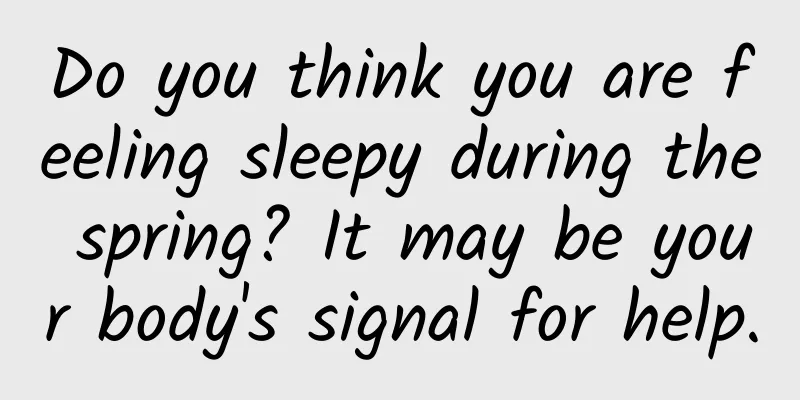Entering the VR/virtual reality world, you may be heading towards the "uncanny valley" trap step by step

|
Why do people think that Wall-E and Baymax are cute, but the liquid robot in Terminator is creepy, and the robot child David in Artificial Intelligence is particularly loved and sympathized by the audience? If you have heard of the famous "uncanny valley theory", it is not difficult to understand.
About the "Uncanny Valley Theory" The "Uncanny Valley Theory" is a hypothesis about how humans feel about robots and non-human objects proposed by Japanese robotics expert Masahiro Mori in 1969: When humanoid toys or robots are similar to humans in appearance and action, people will have positive emotions towards robots, but when it reaches a critical point, this favorability will suddenly decrease. The more the robot resembles a human, the more it will cause people to feel disgusted and fear, until it reaches the bottom, which is called the Uncanny Valley. However, when the appearance and actions of robots continue to be more similar to humans, people's emotional response to them will also turn positive. As shown in the figure below. Comparing with the above picture, "Wall-E" and "Baymax" should appear on the left side of the uncanny valley, in the rising stage of the favorability wave line. The liquid robot is in the uncanny valley, while the robot child "David" who looks exactly like a human is at the top of the rising favorability wave line, which is closest to real humans. The Uncanny Valley in Robotics When making robots, many robotics experts try to avoid making their appearance too human, so as to avoid falling into the "uncanny valley trap". Some robots that meet the most primitive impression of "robots" often give people a "cute" feeling, such as the robots produced by Sony and Baidu's "Duer", which look like assistants that humans can rely on and control.
Despite this, highly realistic robots have been constantly being innovated. Humans' instinct for companionship drives scientists to pursue more and more extreme similarities, hoping to one day cross the uncanny valley and achieve extreme empathy. As a result, these robots are becoming more and more like humans - more like human muscle and skin materials, more like human facial expressions, more like human voice shapes... The HRP-4C made in Japan can even breathe naturally like humans! With the development of AI, robots can not only look more and more like humans, but can even learn and think autonomously.
The Uncanny Valley in Filmmaking The principle of the uncanny valley is extended to the characters of CG animation. Some people believe that the "uncanny valley" is the difficulty of making computer animation, and therefore try to reduce human characteristics when designing the appearance of cartoon characters to avoid falling into the "uncanny valley" trap. For example, in order to avoid falling into the uncanny valley, "Avatar" made many dehumanization treatments to the design of the Na'vi, such as skin, ears, body shape, etc.
On the contrary, if you want to express a weird and scary atmosphere, you can use the "uncanny valley theory", such as the puppets in the horror movie "Dead Silence".
When VR encounters the "uncanny valley" If two-dimensional images reduce the effect of the uncanny valley, then this effect is undoubtedly magnified in 3D stereoscopic films. Today, as VR/AR gradually enters the field of vision of consumers, the uncanny valley effect will inevitably become a factor that cannot be ignored in the production of VR/AR content. After all, the impact brought by this more realistic immersive experience is not comparable to 3D.
Similar to CG animation, when producing VR content, in order to avoid falling into the "uncanny valley" trap, we should try to avoid over-personalization of characters, and even add non-human elements to increase the audience's favorability towards the characters. Similarly, for popular VR horror games, this theory can be reasonably used. However, whether such a realistic horror experience will have an impact on the physical and mental health of players, especially teenagers, is also worth discussing. Imagine that when a highly realistic human body appears in a horror VR game, and you are experiencing this type of VR game in person, surrounded by crying babies, ghosts, and zombies suddenly flying towards you, how would you react? When this kind of fear that is close to reality occupies your mind, do you still have the courage to put on the VR helmet again? |
<<: Teach you step by step how to quickly earn your first pot of gold in the VR industry
>>: 10 things to know before buying a mobile VR headset
Recommend
Smart TVs have entered the deep waters. How can we make useless functions more practical?
With the impact of the Internet on the traditiona...
Don’t want to be defeated by viruses in the cold winter? 5 self-checks for disease resistance
Have you been infected with the flu this season? ...
Alipay is in big trouble! Huabei and Jiebei will be disconnected, and Yu'ebao will also be affected
[[396720]] Since Ant Group's IPO was suspende...
New mobile page inspection tool: Mobile Checker
Mobile Checker (official website) is a mobile pag...
iPhone 6 Plus exploded using iPad charger!
Although the iPhone can theoretically use an iPad...
3 ways to improve user retention through APP operation!
With the disappearance of the Internet's demo...
New trends in new media content marketing in the beauty industry!
During this year’s 618, the battle reports of maj...
Three questions about users: Who are the users? Where do users come from? What does the user want to do?
There are three ultimate questions in philosophy:...
A big ship carrying a small boat? A major breakthrough in China's deep-water field! The unique skills of "Anemone No. 1"!
"Haikei No. 1" is Asia's first cyli...
How to make 100,000 RMB a month with Douyin local food accounts
I think many people thought when they were young ...
Accenture: From reliability to resilience
Accenture has released a new report, “From Reliab...
Harnessing the miracle of life: Tracing the birth of the first test-tube baby in mainland China丨Today in the history of science and technology
On March 10, 1988, the first test-tube baby was b...
When it comes to community operations, 80% of people have positioned themselves incorrectly!
80% of the people who create communities do so fo...
Why mosquitoes aren't going away? Here's some good news and some bad news
"Buzz, buzz, buzz..." One of the nightm...
Are the small fragments picked off from the teeth a sign of tooth damage?
gossip “Sometimes you can pick off small pieces o...









